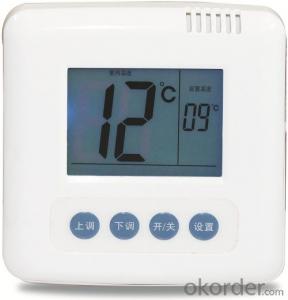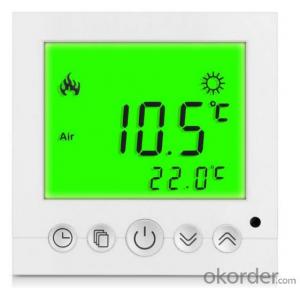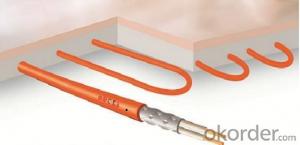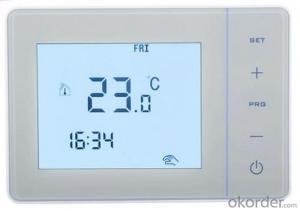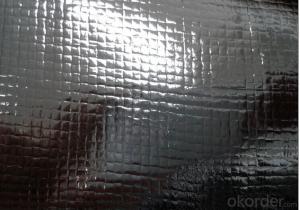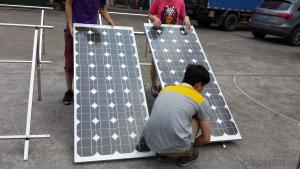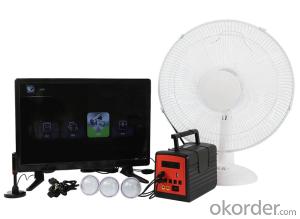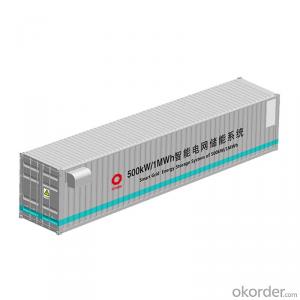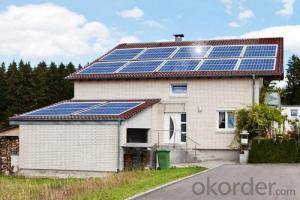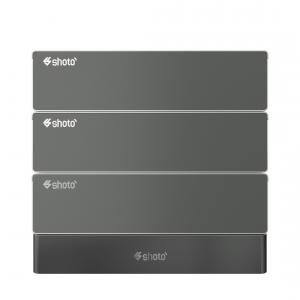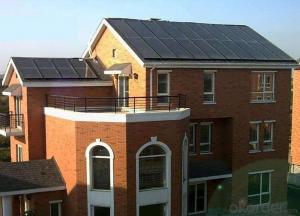Hybrid Solar Inverter System
Hybrid Solar Inverter System Related Searches
Primer For Galvanized Steel H S Code For Stainless Steel Wd 40 For Stainless Steel Spray Paint For Stainless Steel Glue For Stainless Steel Step Bit For Stainless Steel Magnets For Stainless Steel Caulking For Stainless Steel Steel Vessels For Kitchen Best Solar Inverter For HomeHot Searches
Steel Mesh Panels For Sale Cheap High Tea Sets For Sale High Density Fiberboard For Sale Solar Hot Water Collectors For Sale Scaffolding For Sale In Uae Scaffolding For Sale In Ireland Scaffolding For Sale In Houston Type Of Inverter For Solar Price Of Shipping Containers For Sale Used Solar Inverter For Sale Portable Led Signs For Sale Stone Hot Water Bottles For Sale Large Led Screens For Sale 1/4 Aluminum Plate For Sale H4 Led Headlight Bulbs For Sale Flexible Solar Cells For Sale Air Pump For Aquarium Price Inverter Size For Solar System Solar Edge Inverter For Sale Aluminum Bar Stock For SaleHybrid Solar Inverter System Supplier & Manufacturer from China
Okorder.com is a professional Hybrid Solar Inverter System supplier & manufacturer, offers integrated one-stop services including real-time quoting and online cargo tracking. We are funded by CNBM Group, a Fortune 500 enterprise and the largest Hybrid Solar Inverter System firm in China.Hot Products
FAQ
- Yes, solar energy systems can be used in areas with extreme temperatures. However, extreme temperatures can affect the performance and efficiency of solar panels. It is important to choose solar panels specifically designed to withstand extreme temperatures and to implement proper cooling mechanisms to prevent overheating. Additionally, extreme cold temperatures can also affect battery performance, so appropriate measures should be taken to ensure efficient energy storage in such areas.
- Yes, solar energy systems can be installed on sloped roofs. In fact, sloped roofs are quite common for solar panel installations. The angle and orientation of the roof are important factors in determining the efficiency of the solar energy system. Ideally, a sloped roof with a south-facing orientation will maximize the amount of sunlight exposure throughout the day. However, solar panels can still be installed on roofs with different orientations or slopes, albeit with some adjustments in panel placement and tilt angles. It is important to consult with a professional solar installer who can assess the specific roof conditions and design a customized solar energy system that works best for the slope and orientation of the roof.
- Yes, solar energy systems can be used to power electric vehicle public transportation systems. Solar panels can be installed on the roofs of charging stations or directly on the vehicles themselves to generate electricity from sunlight. This renewable energy can then be used to charge the electric vehicles, reducing the reliance on non-renewable energy sources and decreasing the carbon footprint of public transportation systems.
- The efficiency and energy generation of solar panels are greatly affected by the orientation of the roof. The direction in which the roof faces, whether it be south, east, west, or north, plays a significant role. Solar panels perform best when installed on a south-facing roof as it allows them to receive the maximum amount of sunlight throughout the day. South-facing roofs receive direct sunlight for a longer duration, resulting in increased solar energy capture. If the roof faces east or west, the solar panels will still receive sunlight, but their energy generation may be reduced. East-facing roofs receive morning sunlight, which is advantageous in regions with higher morning electricity demand. However, energy production may be lower compared to south-facing roofs, as they do not receive sunlight for the entire day. Similarly, west-facing roofs receive afternoon sunlight, which may be beneficial in areas with higher afternoon electricity demand. North-facing roofs have the least favorable orientation for solar panels. They receive the least amount of direct sunlight, resulting in lower energy generation potential. In regions with predominantly northern orientation, solar panels may not be the most efficient or cost-effective solution for renewable energy generation. Aside from orientation, the tilt angle of the roof also impacts solar panel performance. The ideal tilt angle is typically determined based on the location's latitude. Adjusting the tilt angle can optimize sunlight exposure and maximize energy generation. To ensure optimal energy production and maximize the benefits of solar power, it is crucial to consider the orientation and tilt of the roof when installing solar panels. South-facing roofs offer the highest energy generation potential, while east, west, and north-facing roofs may have varying levels of efficiency.
- Yes, solar energy systems can be used for powering telecommunications towers. Solar panels can be installed on the rooftops or nearby areas of the towers to capture sunlight and convert it into electricity. This renewable energy source provides a reliable and sustainable power supply, especially in remote or off-grid locations where it may be challenging to access traditional electricity grids. Additionally, solar energy systems can help reduce operational costs and environmental impact associated with using fossil fuels or diesel generators to power telecommunications towers.
- The impact of lightning on the performance of solar panels can be significant, but it is relatively rare. Lightning strikes can cause damage to the physical structure of the solar panels, such as shattering the glass or damaging the wiring. This can lead to reduced or even complete loss of power generation from the affected solar panel. Moreover, lightning can also cause electrical surges that can damage the inverter, which is a crucial component of the solar panel system responsible for converting the direct current (DC) electricity generated by the panels into alternating current (AC) electricity for use in homes or businesses. If the inverter is damaged, it can result in a complete shutdown of the solar panel system until repairs or replacements are made. To mitigate the impact of lightning on solar panels, there are several protective measures that can be taken. One common approach is to install a lightning protection system that includes lightning rods or conductive paths to direct the electrical discharge safely into the ground. This helps to prevent lightning strikes from directly hitting the solar panels and reduces the risk of damage. Additionally, surge protectors can be installed to safeguard the inverter and other sensitive electronic components of the solar panel system. These surge protectors help to divert excess electrical energy from lightning strikes away from the system, protecting it from potential damage. Although lightning strikes can pose a risk to the performance of solar panels, it is important to note that modern solar panel systems are typically built to withstand extreme weather conditions, including lightning. Manufacturers often subject their panels to rigorous testing to ensure their durability and resistance to lightning strikes. Overall, while the impact of lightning on solar panels can be disruptive and costly, implementing proper protective measures can help minimize the risk and ensure the long-term performance and reliability of the solar panel system.
- Solar energy systems have a positive impact on reducing carbon footprint as they generate electricity without emitting greenhouse gases, such as carbon dioxide, during operation. By harnessing the power of the sun, these systems offer a clean and renewable energy source, helping to mitigate climate change and create a more sustainable future.
- Yes, solar energy systems are highly suitable for agricultural applications. They provide a reliable and sustainable source of power for various farming operations, such as irrigation, crop drying, and livestock management. Solar energy systems are cost-effective, environmentally friendly, and can be easily integrated into existing agricultural infrastructure. They also help reduce dependency on fossil fuels, lower energy costs, and contribute to overall sustainability in the agricultural sector.
